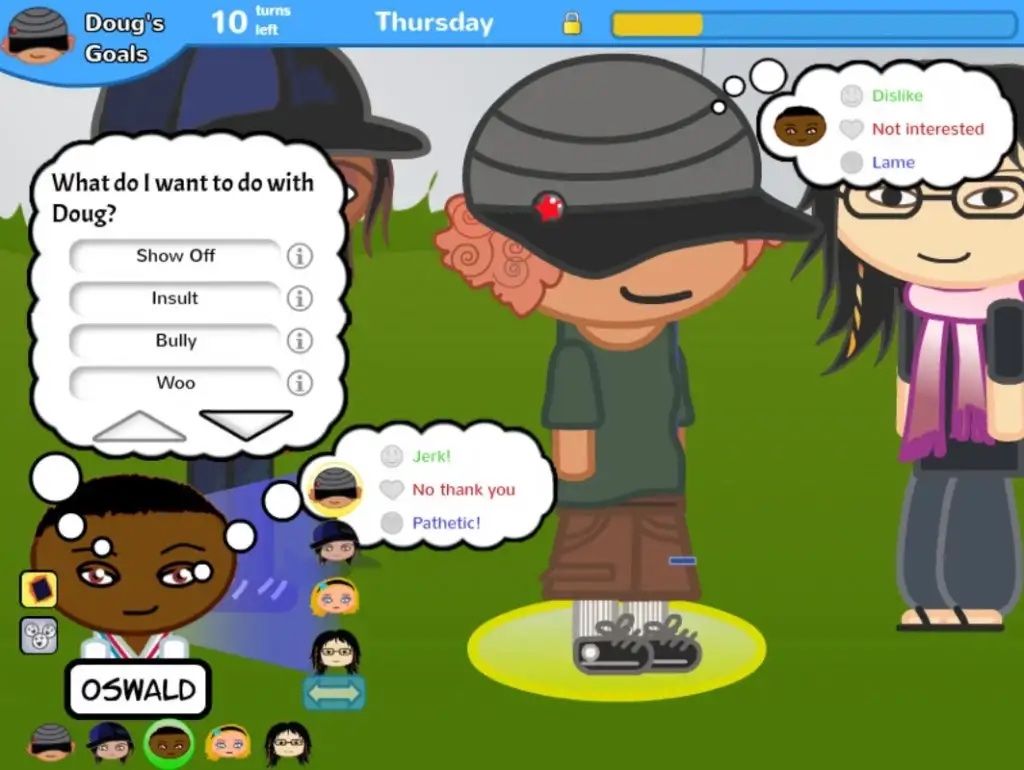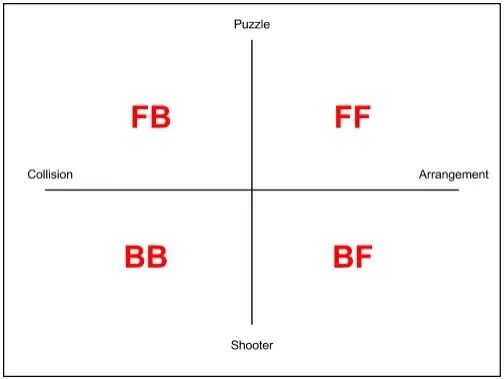Four Principles For Building Power in Media


2015-07-21
Measuring the impact of games is a complex challenge. We’ve considered why games may be effective from a psychological perspective and spoken to designers about the delicate balance between accuracy and fun. Still, fundamental questions remain. What types of people are playing games, and to what effect?
Games are a huge component of the entertainment marketplace — Industry analysts project that gaming revenue, including sales from mobile devices would reach $78.5 billion in 2012. However, detailed social research on gamers is still an emerging field. In order to better understand some of the issues at play, we spoke with Cornelia Brunner of the Center for Children and Technology.
Brunner has worked in education for over 40 years, starting at Sesame Street and moving on to experimental and progressive classrooms that incorporate new media and technology. Pivoting off our work in game evaluation, she explained her ongoing research on games in educational settings. We asked Brunner, what would an inclusive, meaningful game look like?

One of Brunner’s insights, culled from ongoing psychological research with students, is that different people conceive of technology in different ways. More specifically, she has observed that people access technologies through gendered perspectives. Brunner terms the perspectives “butch” and “femme” to emphasize the social construction of gender roles and avoid confusion with biological sex. Importantly, members of either sex can interact with technology from either perspective, in varying degrees.
Generalizing through extended content analysis, Brunner has formalized a set of dichotomies that can be applied to technology while noting that these categories are fluid and subject to change over time. Butch perspectives prefer centralized technology solutions that transcend limitations, while femme perspectives want diffuse artifacts that help share and communicate. For example, when asked to draw a picture of the World Wide Web, the butch tendency was to draw a representation of a browser window, while the representative femme illustration resembled a network map.
This framework is particularly useful for analyzing video games. Brunner identified two gendered dimensions that apply to many games: collision-arrangement and shooter-puzzle.

The red letters (F,B) refer to femme and butch perspectives.
An interesting consequence of video game development is that it has been easier to develop video games in the butch-dominant quadrant of collision and shooter. Tetris, perhaps the best pure example of a game based upon the principles of arrangement, stands as a historical outlier to this theme. Only relatively recently in the history of gaming have simulations been powerful enough to begin to realistically model complex social interactions as seen in The Sims (2000) or more recently in games like Prom Week (2012). Brunner also noted that mobile technology, such as smartphones and tablets incorporate more femme traits like expressive, exploratory, focused on communication than butch characteristics.
This understanding of gendered perspectives provides researchers a tool for designing and evaluating games that appeal across a broader range of perspectives.
This post was originally published on our blog, The Ripple Effect.
Image: Player interface from Prom Week | University of California, Santa Cruz



